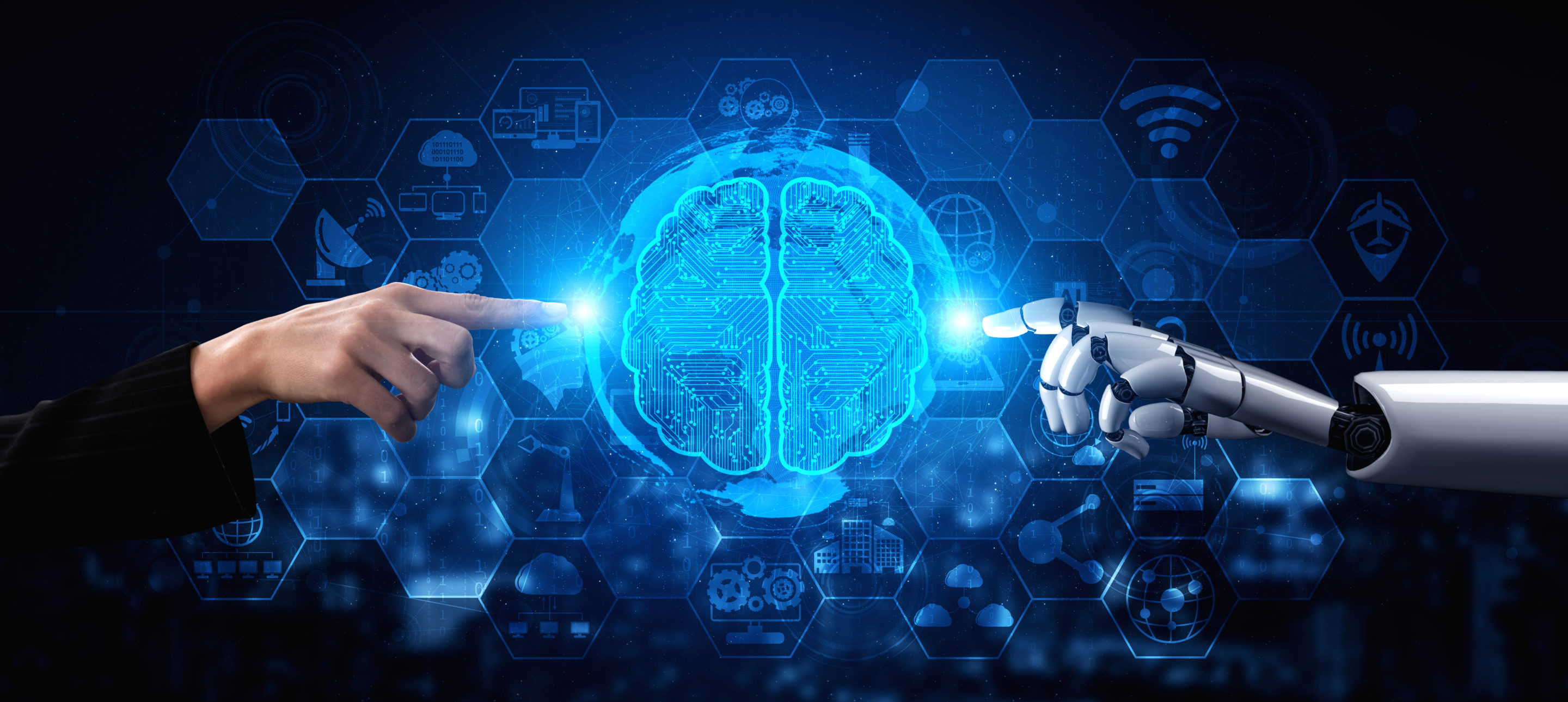
Artificial intelligence (AI) describes computing to mimic human behaviors and complete human tasks. AI tools like house-cleaning robots, self-driving cars, and health-tracking personal assistants can enhance people’s lives.
Artificial intelligence is a future-proof industry with growth prospects and great salary potential. Experts predict the global AI software market will be worth $126 billion by 2025.
The Udacity team is passionate about AI and equips you with in-demand skills in technology and business that are fit for today’s workplaces. Udacity currently offers 15 courses in its School of Artificial Intelligence. Continue reading to learn more about Udacity’s advanced AI courses.
Become a Computer Vision Expert
Artificially intelligent computers extract and use meaningful information from visual imagery (e.g. photos, videos) via computer vision. Self-driving cars, for example, use computer vision to “see” and navigate their environments using high-resolution digital imagery in ways that approximate human vision.
Computer vision is also useful in other contexts across disciplines such as:
- Facial recognition (e.g. identifying people for security)
- Object tracking (e.g. tracking pedestrians, cyclists, cars)
- Medical diagnosis and treatment (e.g. analyzing radiological images or surgical procedures)
- Wild-species monitoring (e.g. identifying and conserving animals and plants)
- Agriculture (e.g. estimating crop yields, managing livestock)
- Security and surveillance (e.g. monitoring parking areas, tracking speeding vehicles)
Udacity’s advanced course in computer vision shows you how to:
- Extract information from images
- Classify and caption images with deep learning
- Locate and track objects through time
Prerequisites for the computer vision Nanodegree program include understanding of Python programming, statistics, machine learning, and deep learning. You can expect to spend 3 months on this Nanodegree program with an average weekly time commitment of 10 to 15 hours.
Become a Natural Language Processing Expert
Natural language processing is an interdisciplinary field that combines computer science, linguistics, and artificial intelligence. It focuses on language-based human-computer interactions and the ways that computers process and analyze natural language data.
Applications of natural language processing include:
- Speech recognition: using computers to convert speech into text
- Language generation: using computers to generate natural language from data
- Language translation: using computers to translate natural languages
- Text analysis: using computers to analyze, extract information from-, and interpret text data
- Human-computer interactions with artificially intelligent personal assistants (e.g. Alexa, Siri)
Udacity’s advanced course in natural language processing trains you to understand:
- Text processing: computer-based processing of electronic text
- Sentiment analysis: a process for meaningfully analyzing affective states and related data
- Speech tagging: a process for identifying and labeling words for their corresponding parts of speech
- Machine translation: the processes machines use to translate human languages
- Speech recognition modeling: the processes computers use to convert speech into text
Prerequisites for the natural language processing Nanodegree program include understanding of Python programming, statistics, machine learning, and deep learning. You can expect to spend 3 months on this Nanodegree program with an average weekly time commitment of 10 to 15 hours.
Become a Deep Reinforcement Learning Expert
Deep reinforcement learning describes a combination of deep learning and reinforcement learning methods. In deep reinforcement learning, computers learn how to do human tasks via trial and error with deep learning methods. Computers use deep reinforcement learning in:
- Robotics
- Video game playing
- Computer vision
- Healthcare
- Finance
Udacity’s advanced course in deep reinforcement learning teaches you about:
- Reinforcement learning: an AI machine learning method focused on how computers should act to maximize cumulative rewards (e.g. Deep Q-Networks)
- Deep learning architectures (e.g. deep neural networks, recurrent neural networks, convolutional neural networks)
- How to train an agent to navigate a virtual environment using sensory data
- How to train a simulated robotic arm to reach specific targets
- Multi-agent reinforcement learning: application of reinforcement learning to many interacting agents
Prerequisites for the deep reinforcement learning Nanodegree program include understanding of Python programming, probability, machine learning, and deep learning. You can expect to spend 4 months on this Nanodegree program with an average weekly time commitment of 10 to 15 hours.
Intel® Edge AI for IoT Developers
This Udacity Nanodegree program combines computer vision, deep learning, and edge computing for Internet of Things (IoT) developers. Students learn how to use the Intel® Distribution of OpenVINO™ Toolkit to develop computer vision and deep learning applications. They also learn how to use Intel® DevCloud for the Edge to test performance of deep learning models across distinct hardware types.
Further, you can learn how to:
- Convert, perform efficient inference with-, deploy, and analyze deep learning models
- Understand distinct hardware types and how they affect deep learning and computer vision
- Optimize and package deep learning models for edge performance
Prerequisites for the Intel® Edge AI for IoT Developers Nanodegree program include understanding of Python programming, deep learning, the Intel Command Line Interface, and the OpenCV library. You can expect to spend 3 months on this Nanodegree program with an average weekly time commitment of 10 hours.
AI for Healthcare
Patients, medical practitioners, and epidemiologists stand to benefit from abundant, reliable data processed with AI algorithms. If you have a background in healthcare, you might want to advance the industry by working with AI.
Artificially intelligent technologies support many aspects of healthcare including:
- Disease detection (e.g. detecting tumors in computed tomography (CT) images)
- Disease diagnosis (e.g. correctly diagnosing respiratory illnesses)
- Disease tracking (e.g. tracking the spread of coronavirus)
- Medical treatment (e.g. making AI-informed decisions about patient prescriptions)
- Surgical procedures (e.g. using robotic arms to accurately perform surgeries)
Udacity’s advanced course on AI in healthcare teaches you how to:
- Use AI to extract important information from 2D and 3D medical imagery (e.g. x-rays, mammography images)
- Build and apply medical AI models in clinically relevant ways
- Use electronic health record (EHR) data in machine learning applications
- Build AI algorithms and process data in the context of wearable health devices
Prerequisites for the AI for Healthcare Nanodegree program include understanding of Python programming and machine learning. You can expect to spend 4 months on this Nanodegree program with an average weekly time commitment of 15 hours.
Take Advanced AI Courses With Udacity
Compelling projects abound in AI across industries. The Udacity team is excited to help you learn and open doors to new opportunities through its advanced AI course offerings.
Udacity offers additional AI Nanodegree programs for learners across skill levels such as:
Check out the course catalog and consider registering for one of Udacity’s many interesting Nanodegree programs in artificial intelligence today!



